Log In
You have nothing in your basket!
Browse the scores →
The Authoritative Editions of the Works of
Barbara Strozzi & Francesca Caccini.
Log In
You have nothing in your basket!
Browse the scores →
The Authoritative Editions of the Works of
Barbara Strozzi & Francesca Caccini.


La Virtuosissima Cantatrice
Born in 1619 in Venice, Barbara Strozzi was hailed as one of the finest singers and most prolific composers of the time, eventually publishing eight collections of songs before her death in 1677 — more music in print than even the most famous composers of her day. As the daughter of renowned poet Giulio Strozzi and a member of one of the most powerful families in Florence, Barbara spent her life in very liberal circles, mingling with all levels of Italian society.
Her music is daring for a composer of her time and remarkable for many reasons. Perhaps most apparent is the tremendous care that she takes in setting her texts, creating intimate relationships between the words and music, as well as the unusual and often surprising harmony she explores. Her creativity was such a force in fact that she is sometimes credited with the genesis of an entire musical genre — the Cantata.
A shrewd businesswoman and mother of four children, Barbara became one of the first women to publish such a large body of secular music under her own name. All but one Opus — Opus 4 — have been found and collected into our scholarly editions. After more than 6 years, countless hours, and several discoveries of previously missing manuscripts, we joyfully present to you the most complete collection of Barbara Strozzi's music available today.
La Cecchina
Francesca Caccini, (born September 18, 1587, Florence [Italy]—died after June 1641, Florence), Italian composer and singer who was one of only a handful of women in 17th-century Europe whose compositions were published. The most significant of her compositions—published and unpublished—were produced during her employment at the Medici court in Florence.
Francesca Caccini, together with her sister Settimia, was introduced to the Florentine musical world by her father, Giulio Caccini, a noted composer of opera and song. She probably sang in the 1600 production of L’Euridice, an opera that included contributions by her father, sung by his students (most of the music was composed by Jacopo Peri). In the same year, she likely also sang in her father’s Il rapimento di Cefalo (“The Abduction of Cephalus”), composed to a libretto by Gabriello Chiabrera. After two aborted attempts between 1604 and 1606 to secure steady work outside Florence as a singer and composer, Francesca finally joined her father in employment at the Medici court in November 1607.


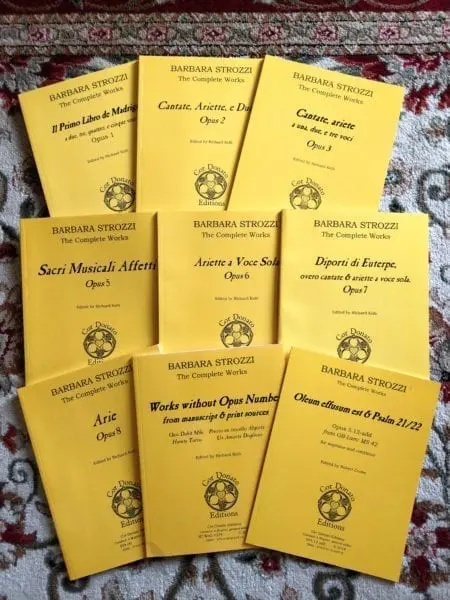

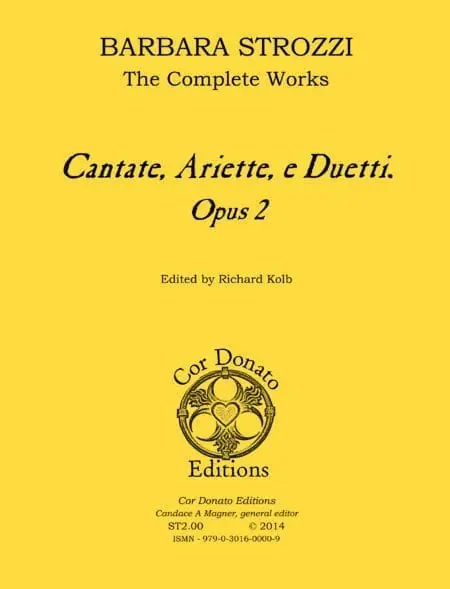
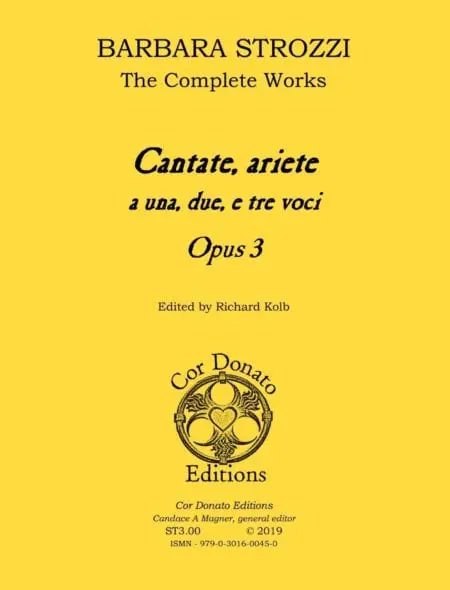
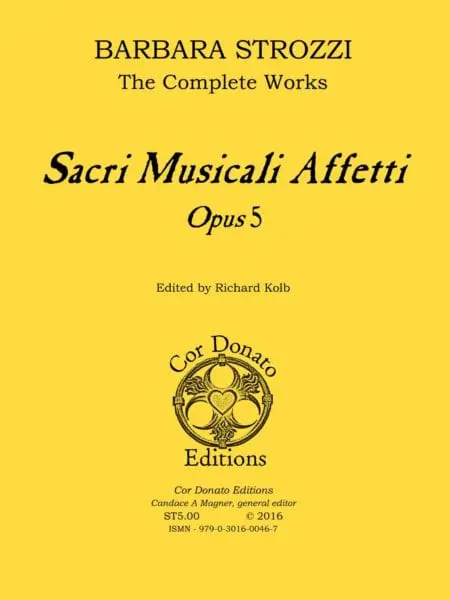


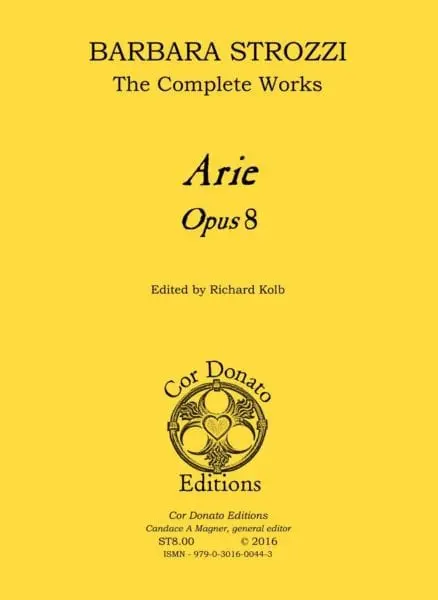
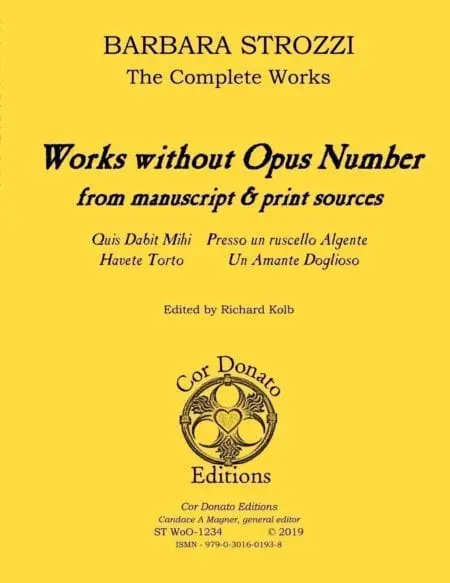
A heart given, a heart stolen...
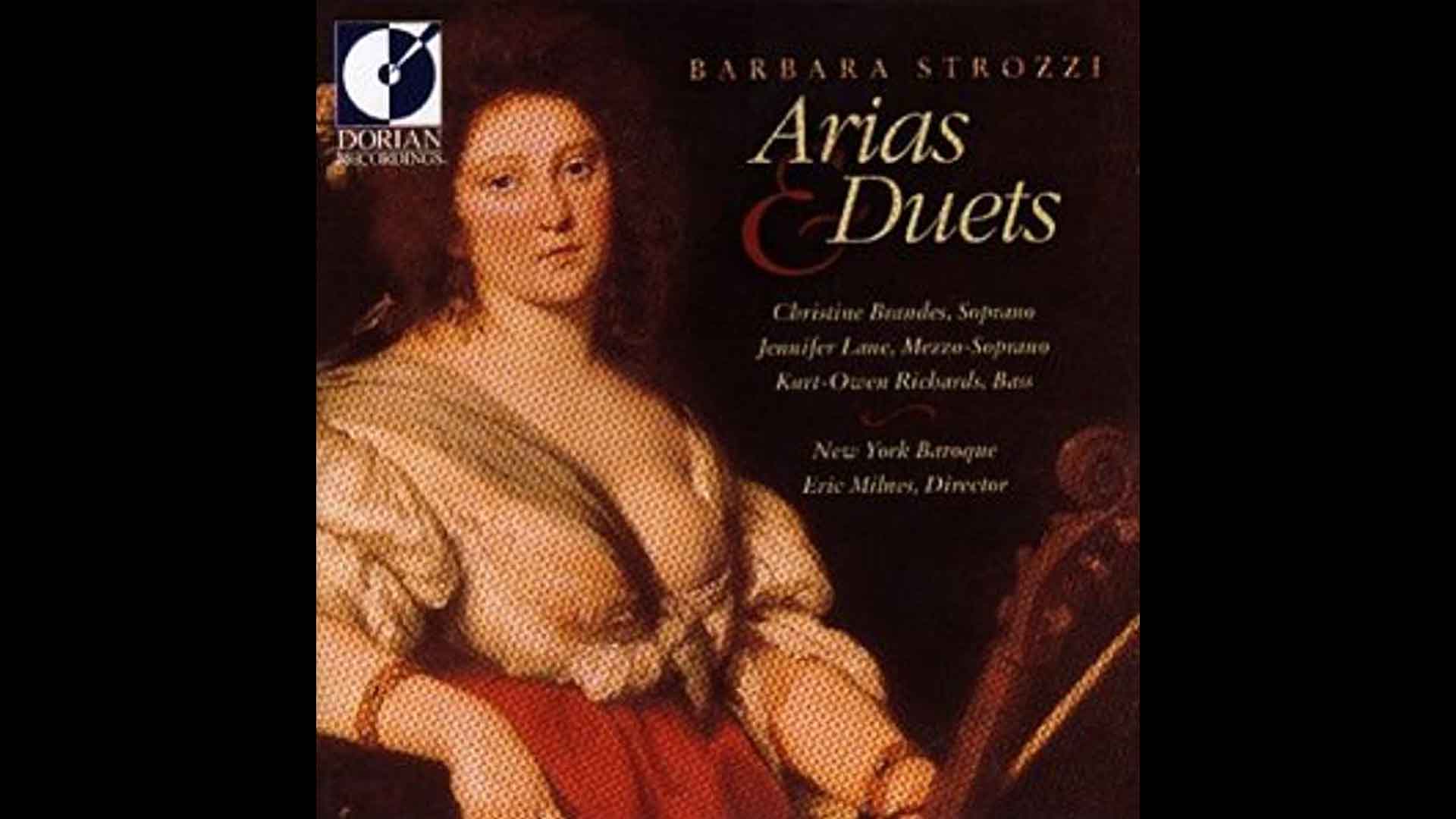
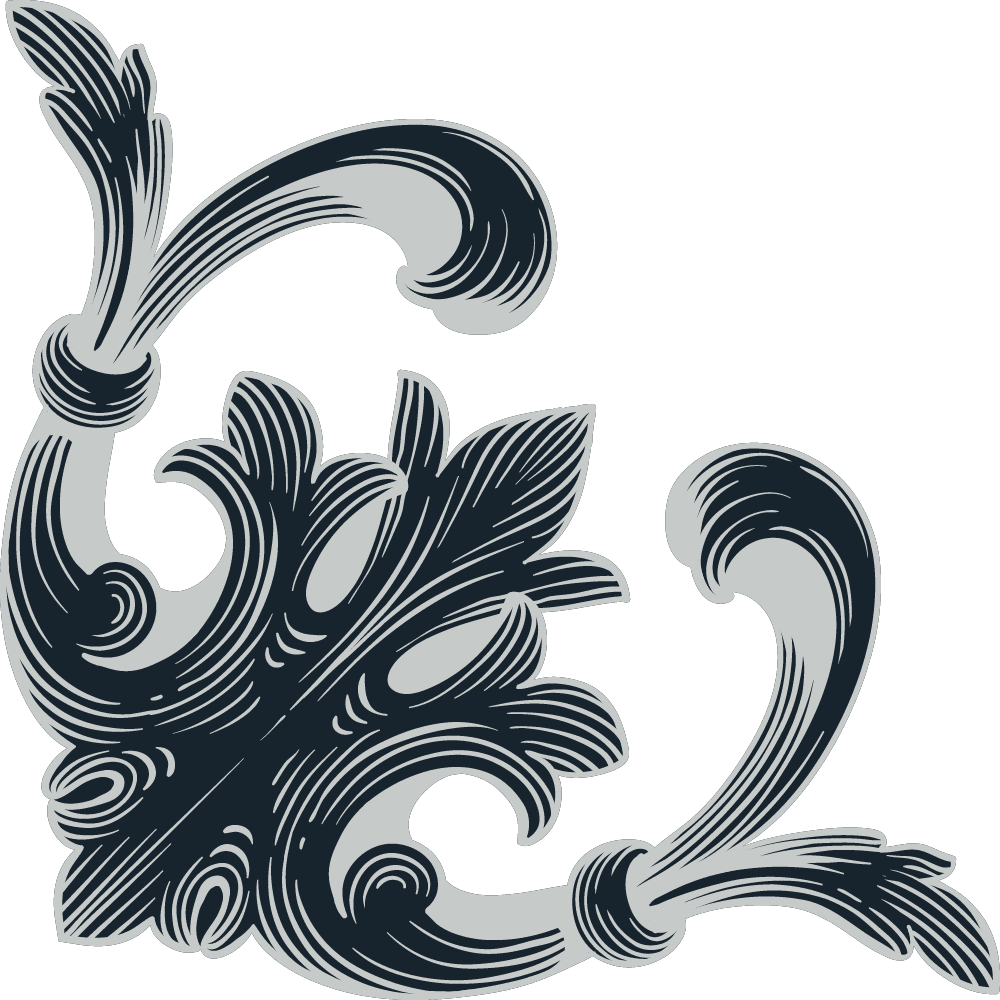

Cor donato, cor rubato, Op.3 No.10, Barbara Strozzi
feat. Christine Brandes, soprano; Jennifer Lane, mezzo-soprano; Kurt-Owen Richards, bass.
New York Baroque, Eric Milnes, director.
The lovely piece above is the inspiration for our name. Cor Donato, Cor Rubato, from Barbara Strozzi's Opus 3, begins as a playful argument between two lovers, Filindo and Dori, concerning the question of whether a heart is given or stolen, and who, therefore, is to blame for their love. The trio's third character, Tirsi, moderates the argument, taking the winning perspective that neither are to blame, as the miracle of love is all-powerful:
Fermate, udite:
Stop arguing and listen:
Amor che tutto puote
Love, which is all-powerful,
Un cuore un'alma toglie da un seno,
takes the soul from the heart in one breast,
E in altro sen l'innesta.
and instills it in another.
Se spira humana salma
If a human body breathes
Priva del core, opra in Amore è questa.
deprived of its heart, it's the work of Love.
The lovers are convinced, and marvel at the power of love as the three of them bask in their newfound harmony. We love the gesture of a heart and love given freely. The full text of this piece, as well as the full text and translation of all of Barbara Strozzi's works, are available at our sister site, BarbaraStrozzi.com.
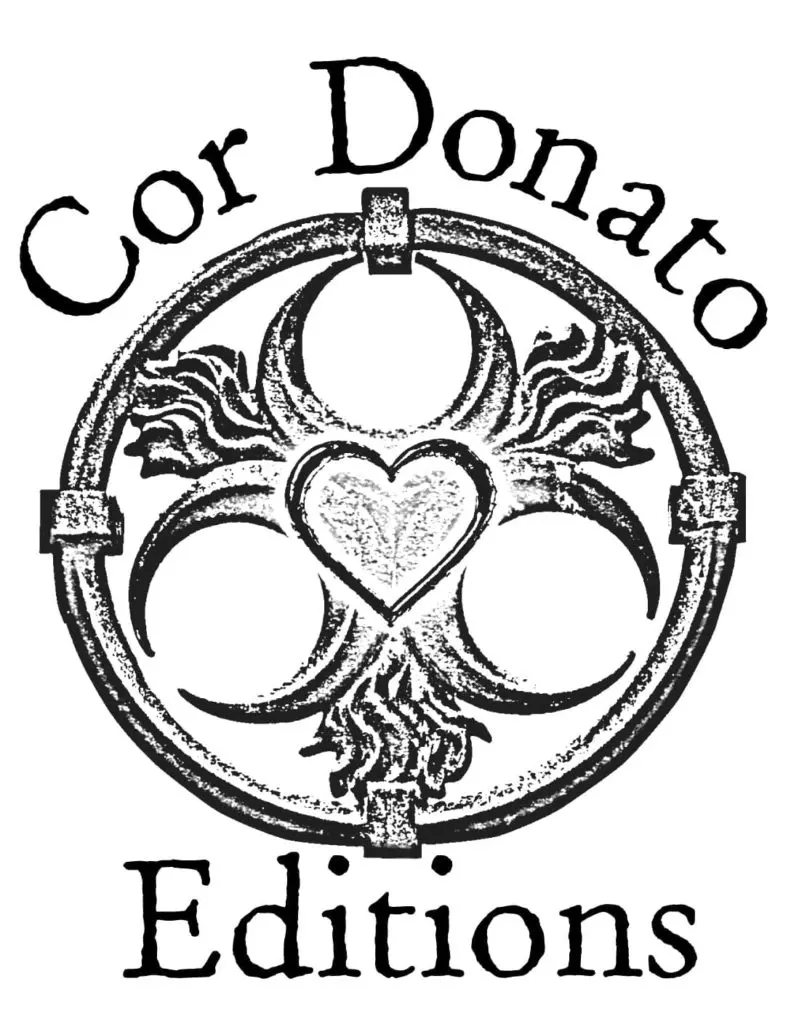
Our logo bears special significance in honoring the Strozzi family. The central heart is surrounded by the Strozzi family crest of three crescents. This particular version of the stemma is used as decor throughout the Palazzo Strozzi in Florence, and our logo comes from a photograph that our founder and General Editor, Dr. Magner, took of an iron gate detail at the Palazzo. The heart is added to the graphic where the original keyhole would be — a key to the heart of Strozzi's music.
It is interesting to note that the Opus 2 frontispiece includes a small version of this same original crest!
Our publications are edited by Dr. Richard Kolb and Dr. Candace Magner, both specialists in early Italian song. The preparation is based on scholarly principles: Nothing is added to Strozzi's original prints — not figures, accompaniments, phrasing marks, or dynamic markings. Any corrections or clarifications are clearly marked in footnotes. While the original prints of Strozzi's output are relatively clear for notes and rhythms, the text underlay is often difficult to decipher and the alignment of staves and beats is problematic for the modern musician to read with ease. Our editions combine clarity, ease of page turns, elegant spacing of rhythmic notation, informed text underlay, and legibility according to rules of modern music notation. We use modern spellings in the Italian in the score, while retaining the original spelling in the text notes and English translation.





A particularly important feature of our original editions is that they do not include piano elaborations. You might wonder why there are so few realizations for this great music. One of the most delightful yet frustrating things about music of this period is that the players in the continuo (which could include any combination of harpsichord, bowed bass, lute, theorbo, harp, baroque guitar, organ…) were expected, like today's jazz and pop players, to know the rules of harmony and improvise from just the bass line. Sometimes the bass lines were figured, sometimes not. Strozzi's originals are very lightly figured. There are many possible readings, combinations of instruments, and interpretations, and we encourage you to experiment and work together with other musicians who study historic performance if you are new to singing and playing with basso continuo. Since mid-2022, however, we have enlisted the expertise of Webb Wiggins in creating custom keyboard realizations for those who do not have access to experienced continuo players, yet wish to accompany with piano, organ, or harpsichord.
Join our mailing list for all our latest news and deals!

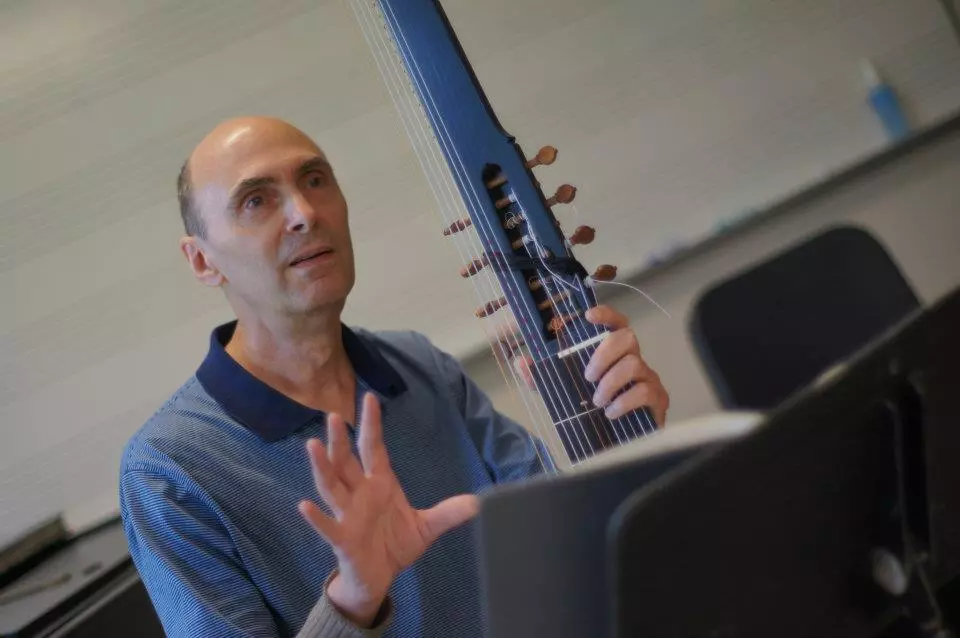
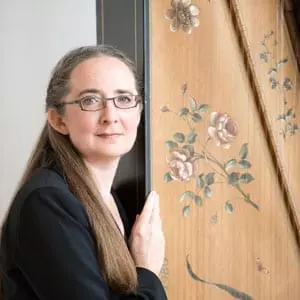
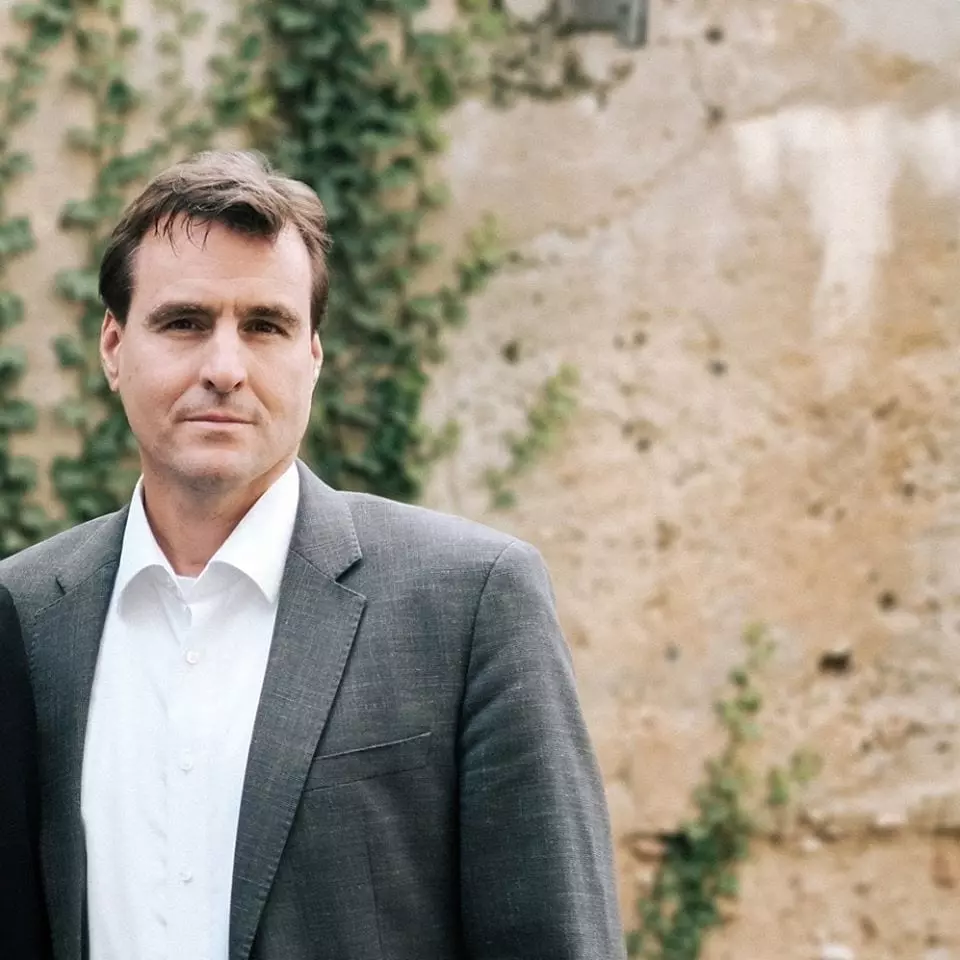
You have nothing in your basket!
Browse the scores →